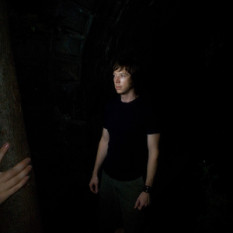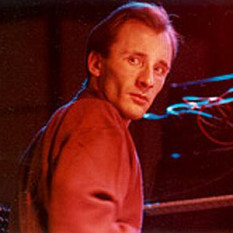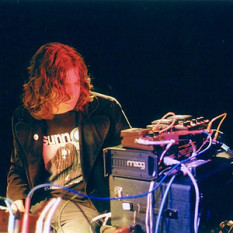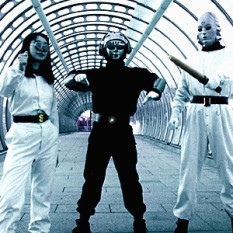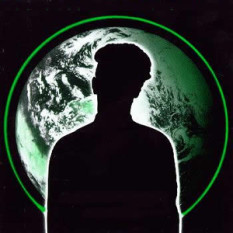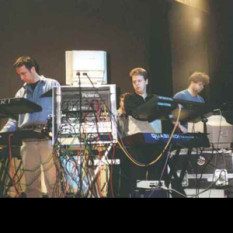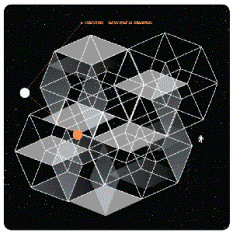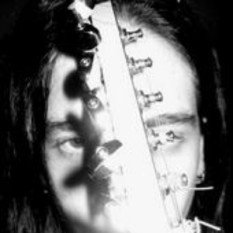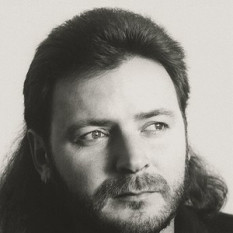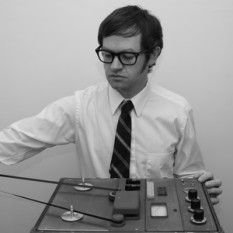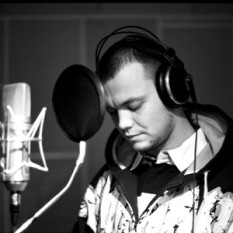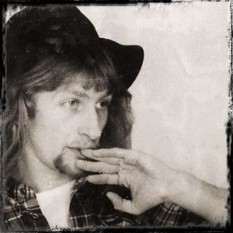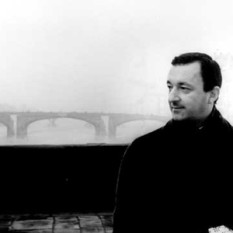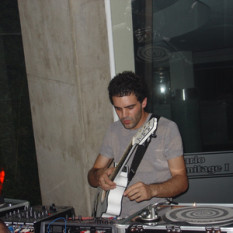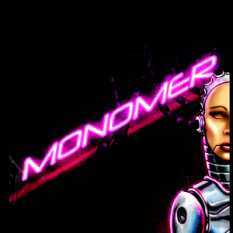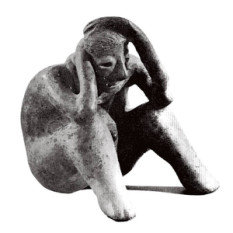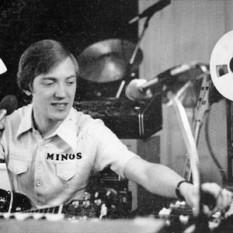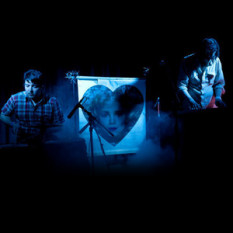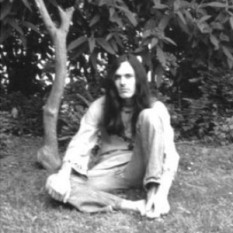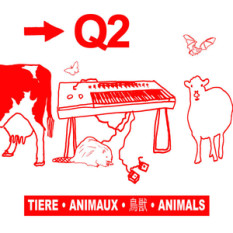Progressive Electronic is a genre that began at the end of the 1960s. Its sound is marked by use of synthesizers and it draws influence from progressive rock, classical music and ambient.
Progressive electronic refers to artists such as Vangelis, Tangerine Dream, Klaus Schulze, Jean Michel Jarre and Ian Boddy that used mellotrons, organs, synthesizers and custom-made instruments to make music with counterpoint, odd time signatures and polyrhythms similar in style to progressive rock.
More recently, the word "progressive" has come to describe styles of house, and trance in which the melody gradually changes over time. This genre should not be applied to progressive electronic dance music, such as progressive house and progressive trance.
Rather than sampling or synthesizing acoustic sounds to electronically replicate them, artists tend to mutate the original timbres, sometimes to unrecognizable states. True artists in the genre also create their own sounds (as opposed to using the preset sounds that come with modern synthesizers). In progressive electro-acoustic music, the electronics play an equal if not greater part in the overall concept. Acoustic instruments performed in real time are usually processed through reverb, harmonizing, or other methods, which adds an entirely new dimension to the player's technique. .

